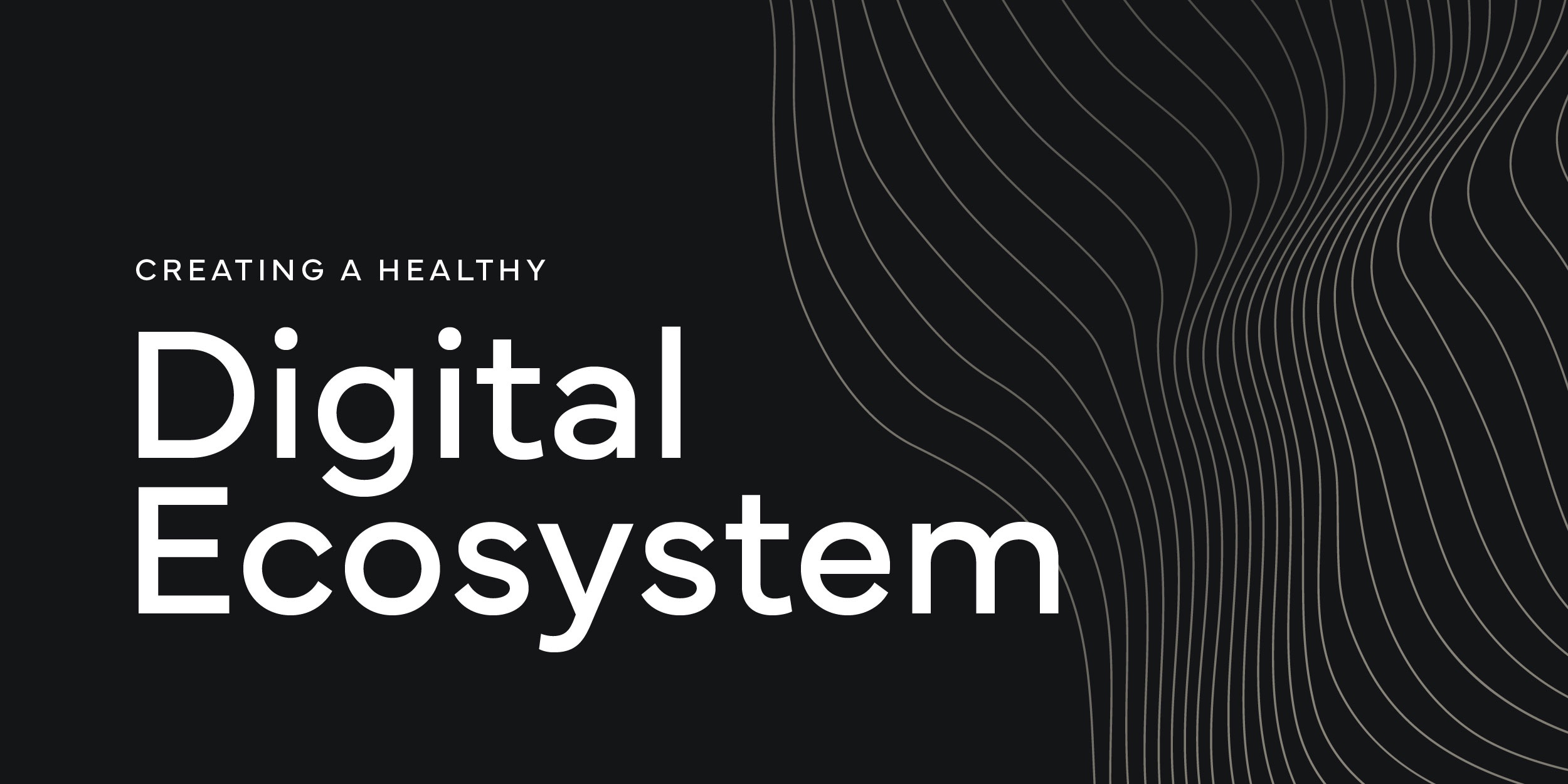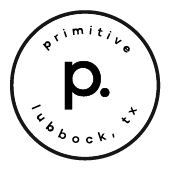BLOG Digital Transformation: Focus on Content Marketing
Digital Transformation: Focus on Content Marketing
POSTED BY The Prim Pack | Aug 20, 2020

Regardless of your business or your industry, having a strong digital presence is no longer optional and is an absolute must. To help you accomplish this without any tears or frustrations, we’ve launched a new series called Digital Transformation, where we share some of the most critical components to a successful online presence and help guide you through the process of building yours.
Our latest blog covered the importance of building a strong digital foundation with a website that is intuitive, robust, and poised to generate leads. Without a good website, it is impossible to accomplish any other aspect of a digital marketing strategy. Today, we’re discussing the importance of content marketing. For the purpose of clarity, when we use the words content, we mean anything you create and share for your audience: copy for blogs or offers, videos, podcasts, etc.
Focus on Value
The entire purpose of content marketing is to generate leads – what you create should be worthy of your audience’s time and attention, as well as their contact information. The only way to accomplish this is if you focus tenaciously on offering extreme value to your audience.
This laserlike intensity on value requires you to know your ideal customer (also known as your buyer persona) inside and out. This intimate knowledge will allow you to create content that both meets their needs and piques their interest about your company. Here are just a few of the ways you can offer value to your visitors and prospective customers.
- Answer questions. The best way to offer great value to your audience is by answering the questions they are most likely to have about your business. Perhaps they want to understand how your delivery service works, or how they request a quote from your roofing company. Create content that addresses their questions and helps them find answers.
- Solve or troubleshoot problems. Most products or services come with a common set of problems or concerns. Since most prospective customers are going to deal with these things, create content that addresses them easily and effectively. For example, if your business requires the use of certain equipment, spell out exactly what new customers need to have and how they can best set things up.
- Go deep. When customers are considering your business, they likely want as much information as they can get to help them make their decision. Help them come to a conclusion by taking a deep dive into a specific concern, or taking an in-depth look at how to use your product or service.
- Provide a behind the scenes look.
 Customers don’t just want to know about your product or service. They also want to know about your actual business. Don’t be afraid to share content highlighting individual team members, your process, or your company’s history.
Customers don’t just want to know about your product or service. They also want to know about your actual business. Don’t be afraid to share content highlighting individual team members, your process, or your company’s history. - Compare and contrast. As we mentioned above, customers come to your business trying to find a solution to solve their problem. Help them make a decision by comparing your different packages or pricing points, or comparing your product with another. (This is also an opportunity to be real and transparent and be completely honest — it’s very likely to earn trust.)
Check Off the Nuts and Bolts
Value must be your first and primary focus. The more value you offer your audience, the more likely you are to earn their trust. But, there are other things that your content must do in order to succeed. Here are just a few of the “nuts and bolts” you’ll want to address to make sure your content marketing strategy is running as smoothly as possible.
Strategy
One of the worst (and least valuable) things you can do in content marketing is create content without any sort of strategy in mind. What is the purpose of this content? Who is your audience? What main problem or question are you addressing with this piece? Know these things before you create so that your time is focused and well spent.
SEO
SEO is one of those things that you just can’t take a break from. It’s got to be a part of every component in your digital marketing strategy. Your content pieces should focus on one or two keywords that you use two to three times and place in your meta description, headings, and alt text of images. Properly using keywords makes your business more likely to be found through organic search, which helps you generate more leads and customers. If you want a helpful guide to walk you through everything you need to be thinking about in regards to SEO, check out this free ebook.
Design and formatting
Part of creating a valuable piece of content is making sure it’s easy to consume, that it is appealing and engaging to your audience’s eyes, and that it works on any device. It needs to be good, look good, and work...well.
Lead generation
Look, content creation isn’t something that a small business owner wants to do in his or her “free time.” If you’re going to take the time to create a piece of content, make sure it accomplishes its intended purpose: to generate leads for your business. Don’t leave this to chance: make it clear what action you want your audience to take and make it easy for them to take it. For example, if you want them to click on a CTA, tell them to click on it and what they will receive if they do. And then, make it very easy for them to see the CTA you want them to click.
You also want to make sure your content addresses a lead where he or she is at in their decision making process. If your content piece is most likely to be seen by first time visitors to your website, it’s probably not appropriate to dive into a 100 page ebook walking a reader through several case studies. Make sure your work is suitable for your leads at every stage of their decision making process.
Create a Plan for Content Creation and Distribution
Once you’ve nailed down how you will offer high levels of value with your content and have addressed tactics like SEO or lead generation, it’s time to create your plan and then execute it. Every person has their own preferences and tastes, so the way you organize your content will be unique to you. But here are some ways we like to combine our strategy, content creation, and plan for distribution.
- AirTable calendar: We refer to this calendar as our editorial calendar, but the name isn’t nearly as important as its function. In a calendar or spreadsheet format, identify the piece of content you want to create, including its title, keywords, intended audience, and any campaign it might belong to.
- Google Docs: Whether it’s Google Docs, Microsoft Word, or the notes on your phone, find a place where you can store your content and even share it with a fellow contributor or editor. If you’re creating a well-designed PDF or any images to go with this content, that can also be stored in Google Drive.
- Table for social distribution: Identify the days and times you will share links to this content piece on social media and through email. This is important to keep you organized in distributing your work, and will keep you from over (or under) sharing a specific piece.
- Social scheduling: Once you know what you want to say on social media, make sure you actually say it. Whether you schedule a post or set a reminder to share it live, you want to have a consistent presence on your social platforms to stay connected with your audience and keep your brand fresh in their minds.
Next to your website, your content is one of the most important pieces of your entire digital strategy. It matters because it’s something tangible you can actually share with your audience to earn their trust. Not only do you need to think carefully about what you create, you need to be intentional about how you share it with your audience.
Want to learn more about creating a powerful digital presence that grows your business? Check out our free ebook all about creating a healthy digital ecosystem. 
SHARE THIS POST:

About the writer, The Prim Pack
Primitive is a full-service digital agency specializing in strategy, branding, web development, and technology solutions. With a passion for innovation and a commitment to helping businesses grow, our team crafts digital experiences that make an impact.